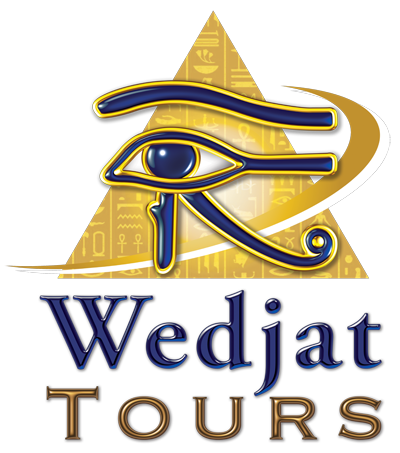Located 40 km southwest of Cairo, Saqqara is one of the most important cemeteries of Memphis, which was itself one of the most important cities in ancient Egyptian history. The name of the site most likely derives from the god of this necropolis, Sokar.
Saqqara is truly an open-air museum, one that has all of ancient Egyptian history on display. Kings and noblemen from the very first two dynasties (c.3040–2686 BC) were buried here, and this is also the location of the Step Pyramid of Djoser (c.2686–2667 BC).
The pyramids of some of the most important kings of the Old Kingdom Fifth (c.2494–2345 BC) and Sixth (c.2345–2181 BC) Dynasties are located in Saqqara. One of these, the pyramid of Unas (also known as Wenis; (c.2375–2345 BC), features the oldest pyramid burial chamber decorated with texts. These are the so-called Pyramid Texts, the purpose of which was to protect the deceased king on his journey to the afterlife. In addition to Old Kingdom royal burials, Saqqara is also full of the tombs of the noblemen of this period, which are decorated with scenes and texts of outstanding beauty and craftsmanship.
Saqqara also features tombs from the First Intermediate Period (c.2181–2055 BC), Middle Kingdom (c.2055–1650 BC), and New Kingdom (c.1550–1069 BC). The New Kingdom tombs display an architectural style completely different from their Upper Egyptian counterparts in Thebes. Among them is the tomb of none other than Horemheb (c.1323–1295 BC), the non-royal individual, and the general, who became king. He was never buried here however, for, upon ascending the throne, he built a new tomb in the Valley of the Kings worthy of his royal rank.
Among the most important of Saqqara’s monuments is the Serapeum, a series of underground galleries in which the Apis Bulls were buried from the Eighteenth Dynasty (c.1550–1295 BC) to the Ptolemaic Period (332–30 BC). The Apis Bull was considered an incarnation of Ptah himself, one of the most important gods of Memphis, and as such, there was only ever one Apis Bull at a time. When it died, it was buried with full honors until his successor could be found.
Egypt’s Coptic era is featured in Saqqara as well through the remains of the Monastery of Apa Jeremiah, which was in use until the eighth century AD. Today, Saqqara is also the site of the Imhotep Museum, in which objects from the site’s immense chronological span are displayed.

1.jpeg)



 And then Add to Home Screen.
And then Add to Home Screen.